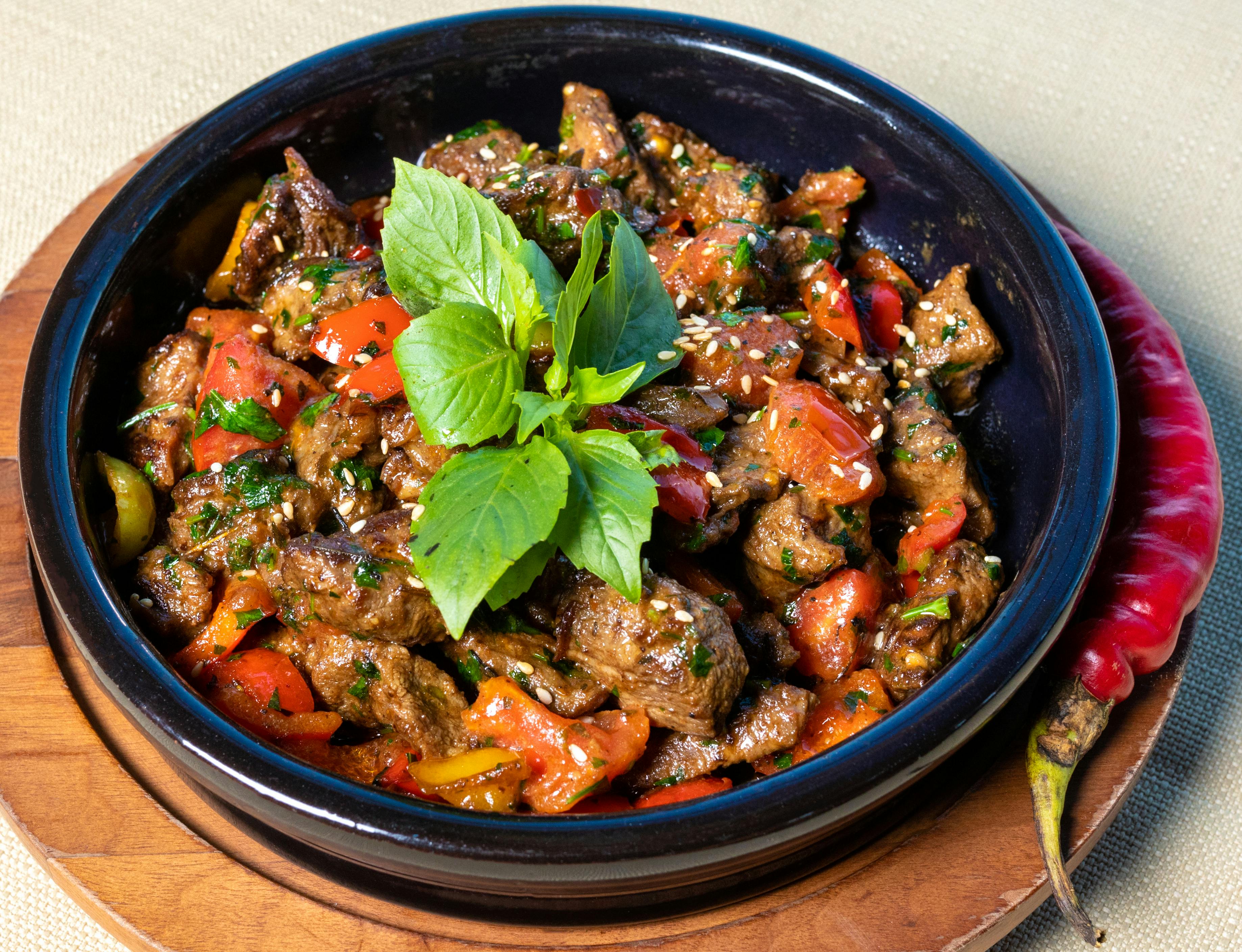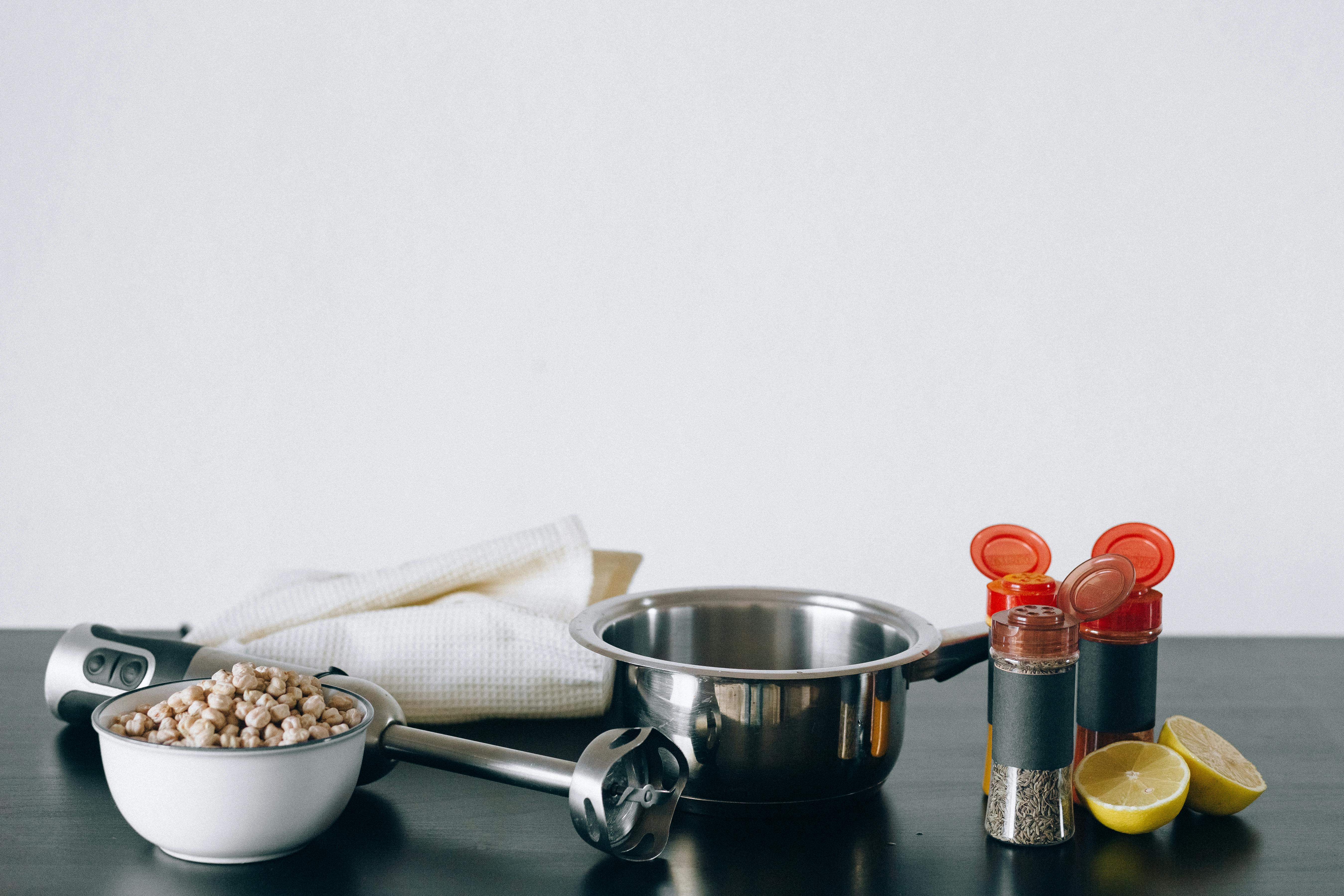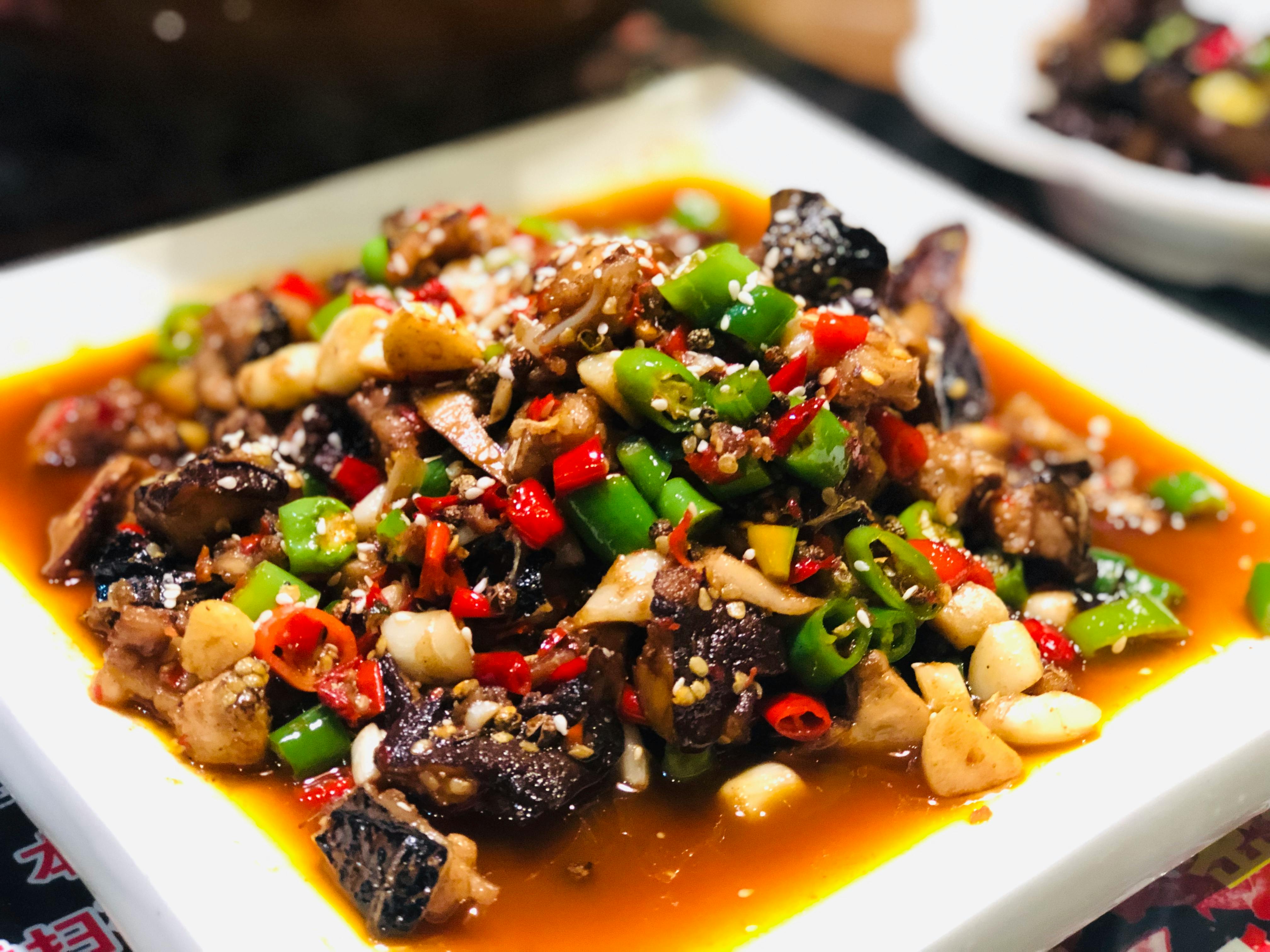Authentic Hot Peppers in Oil Youngstown Ohio Recipe Guide
Spicy, savory, and steeped in tradition — hot peppers in oil have become a staple in many Midwestern kitchens, especially in Youngstown, Ohio. This fiery delicacy is more than just a condiment; it’s a culinary expression of heritage, community, and bold flavor. In this guide, you’ll explore the full recipe, practical preparation steps, and expert insights for crafting the perfect jar of Youngstown-style hot peppers in oil.

Understanding the Fundamentals
Before diving into the recipe, it’s essential to understand what makes hot peppers in oil from Youngstown, Ohio so unique. Rooted in Italian-American culinary traditions, this spicy spread combines local produce with Old World preservation techniques. Over generations, families have passed down their signature spice blends and methods, making it a cherished part of regional identity.
Understanding the fundamentals allows you to appreciate both the flavor and the cultural context. Think of it as crafting a signature sauce — it’s not just about the ingredients, but how you blend and treat them.
1.1 Ingredient Selection
The foundation of any great hot peppers in oil recipe lies in its ingredients. Typically, this includes a mix of fresh hot banana peppers, jalapeños, or Hungarian wax peppers. Some families include sweet red peppers to balance the heat. Garlic, oregano, vinegar, and pure olive oil round out the core profile.
Local farms in Ohio offer fresh, organic produce that elevates the flavor profile. Choosing firm, blemish-free peppers ensures longevity and robust taste. A common mistake is using overly mature peppers, which can lead to a mushy texture.
1.2 Preservation Techniques
This dish marries pickling and oil preservation. While pickling alone extends shelf life, storing peppers in oil offers additional depth of flavor and texture. However, food safety must be top priority — proper acidity and sterilization are key.
Unlike commercial products, homemade versions require close monitoring of pH levels to prevent botulism. This makes vinegar essential, along with boiling jars and lids before sealing. The balance between acidity and oil is what makes the Youngstown version exceptional.
Practical Implementation Guide
Ready to turn ingredients into something special? Let’s break down the Youngstown hot peppers in oil recipe into simple, actionable steps. With the right tools and preparation, even first-time preservers can achieve restaurant-quality results.

2.1 Actionable Steps
- Prep the Peppers: Wash and dry 3 pounds of hot peppers. Slice into rings and remove seeds if milder heat is preferred.
- Blanch and Shock: Quickly blanch pepper rings in boiling water for 2-3 minutes. Transfer to an ice bath to stop cooking.
- Combine Aromatics: In a bowl, mix peppers with 2 tbsp minced garlic, 1 tsp dried oregano, and 1 cup vinegar. Let marinate 30 minutes.
- Sterilize Jars: Boil canning jars and lids for at least 10 minutes. Dry thoroughly.
- Pack and Oil: Fill jars tightly with pepper mix. Pour olive oil to cover completely. Use a knife to remove air bubbles.
- Seal and Store: Wipe jar rims clean, apply lids, and screw on bands. Store in a cool, dark place or refrigerate for up to 3 months.
2.2 Overcoming Challenges
Making hot peppers in oil involves a few potential pitfalls. Here’s how to avoid them:
- Problem: Cloudy oil — Solution: Use high-quality extra virgin olive oil and ensure jars are fully dry.
- Problem: Mold or spoilage — Solution: Maintain vinegar-to-oil ratio and refrigerate opened jars.
- Problem: Mushy peppers — Solution: Don’t overcook during blanching, and always use fresh produce.
Experts recommend labeling jars with the date and keeping a spice log to refine future batches. Testing small batches first is a smart approach.
Advanced Applications
Once you’ve mastered the basics, elevate your culinary game with advanced uses and variations. The Youngstown hot peppers in oil recipe isn’t just for sandwiches — its versatility is nearly endless.

3.1 Culinary Fusion
Chefs in Ohio and beyond now use these peppers in gourmet dishes. Add them to charcuterie boards, stir into pasta, or fold into focaccia dough. Some blend them into spicy aioli or mayo for sandwiches and burgers.
Metrics show that menus featuring spicy condiments like hot peppers in oil have a 30% higher customer return rate. It’s a small ingredient with big impact.
3.2 Pairing With Proteins
These peppers complement grilled meats and roasted poultry. Their acidity cuts through fat, making them ideal with pork chops or steak. For vegetarians, they enhance dishes like roasted eggplant or grilled halloumi.
For best results, add them after cooking to maintain their crunch and bold flavor. They’re also freezer-safe when packed in oil — a trick many restaurants use to prep in bulk.
Future Outlook
The popularity of homemade and regional recipes is only growing. Youngstown’s culinary influence is being recognized on food blogs, cooking shows, and restaurant menus nationwide. This surge in interest makes now the perfect time to master the recipe.
With innovations like infused oils, fermentation hybrids, and spice experimentation, the traditional hot peppers in oil recipe is evolving. Canning tech is also advancing, making home preservation safer and more accessible than ever.
Conclusion
To summarize, mastering the hot peppers in oil Youngstown Ohio recipe involves:
- Choosing and preparing the freshest ingredients
- Applying proper preservation techniques
- Exploring creative and advanced applications
This recipe delivers more than just heat — it brings flavor, tradition, and versatility to your kitchen. Try your first batch today and start your own family tradition.
Call to Action: Ready to spice things up? Make your own jar of hot peppers in oil and experience a taste of Youngstown at home.
Frequently Asked Questions
- Q: What type of peppers should I use? Use hot banana peppers, jalapeños, or Hungarian wax for heat. Mix in sweet peppers to balance spice.
- Q: How do I get started? Begin by sourcing fresh local peppers and prepping your kitchen with clean jars and basic spices.
- Q: How long does the process take? From prep to storage, allow about 2–3 hours depending on batch size and experience level.
- Q: What does it cost to make a batch? Expect $10–$20 depending on pepper prices and oil quality. Bulk buys can lower costs.
- Q: How does this compare to store-bought? Homemade versions have fresher flavor and no preservatives. Store-bought may lack customization.
- Q: Is it difficult to make? Not at all — with a step-by-step plan and basic tools, even beginners can succeed.
- Q: Can restaurants or caterers use this? Absolutely. Incorporate it into dishes or offer it as a premium condiment to elevate your menu.
